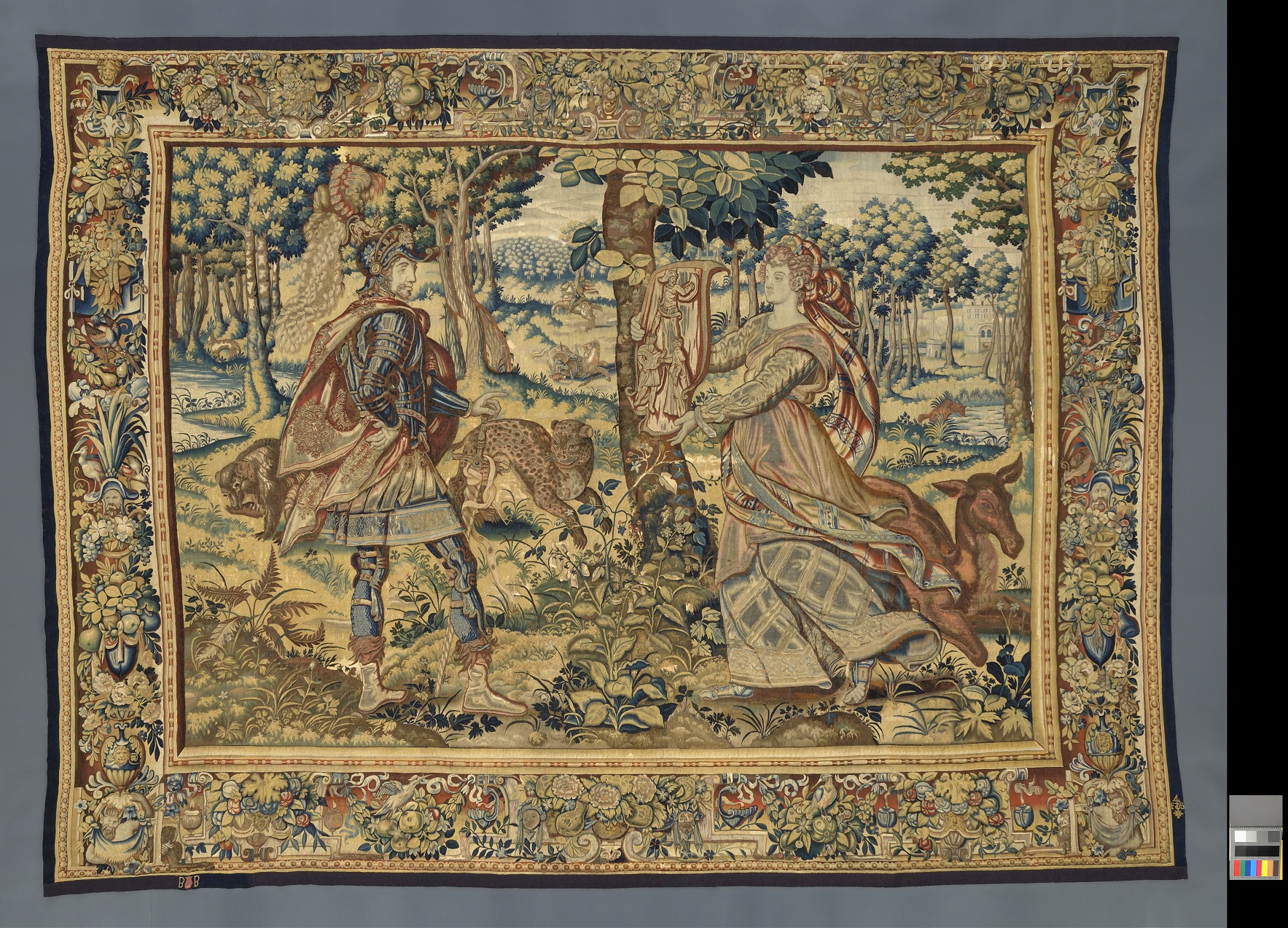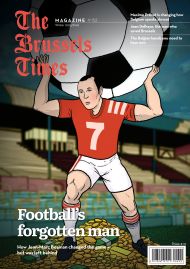The stitches in time that still weave spells
The history of tapestries is as rich and as dazzling as the works of art themselves, layered with artistic, political and economic significance.

Tristan and Morgana, anonymous, made between 1620 and 1630
Copyright © 2025 The Brussels Times. All Rights Reserved.
